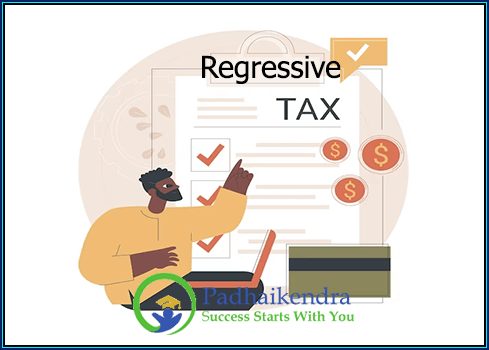A regressive tax is a tax system in which the tax rate decreases as the taxable base increases. In other words, the more a person earns, the lower the percentage of their income they pay in taxes. This is in contrast to a progressive tax system, where the tax rate increases as the taxable base increases, meaning that those with higher incomes pay a higher percentage of their income in taxes.
Examples of regressive taxes include sales tax, property tax, and excise tax. Sales tax is a tax on goods and services, and it is applied at a fixed rate to the price of the item being sold. Property tax is a tax on real estate, and it is usually calculated as a percentage of the value of the property. Excise tax is a tax on specific goods or services, such as gasoline, tobacco, or alcohol.
The main drawback of a regressive tax system is that it places a greater burden on those with lower incomes. This is because those with lower incomes spend a larger portion of their income on goods and services subject to sales tax, while those with higher incomes are able to save a greater portion of their income and spend less on taxable goods and services. Similarly, property tax can be regressive because those with lower incomes are more likely to own less valuable properties and therefore pay a higher percentage of their income in property taxes.
Another concern with regressive taxes is that they can exacerbate income inequality. Because those with higher incomes are paying a lower percentage of their income in taxes, they are able to accumulate wealth more quickly than those with lower incomes. This can create a cycle of wealth accumulation and income inequality that is difficult to break.
Despite these concerns, regressive taxes remain a popular source of revenue for governments around the world. This is because they are often simpler to administer than progressive tax systems, and they can be easier to implement politically. However, it is important for policymakers to consider the potential negative impacts of regressive taxes on lower-income individuals and to take steps to mitigate these impacts, such as through targeted tax credits or social welfare programs.
In conclusion, a regressive tax is a tax system in which the tax rate decreases as the taxable base increases. While regressive taxes can be simpler to administer than progressive tax systems, they place a greater burden on those with lower incomes and can exacerbate income inequality. Policymakers must carefully consider the potential negative impacts of regressive taxes and take steps to mitigate these impacts to ensure a fair and equitable tax system.




